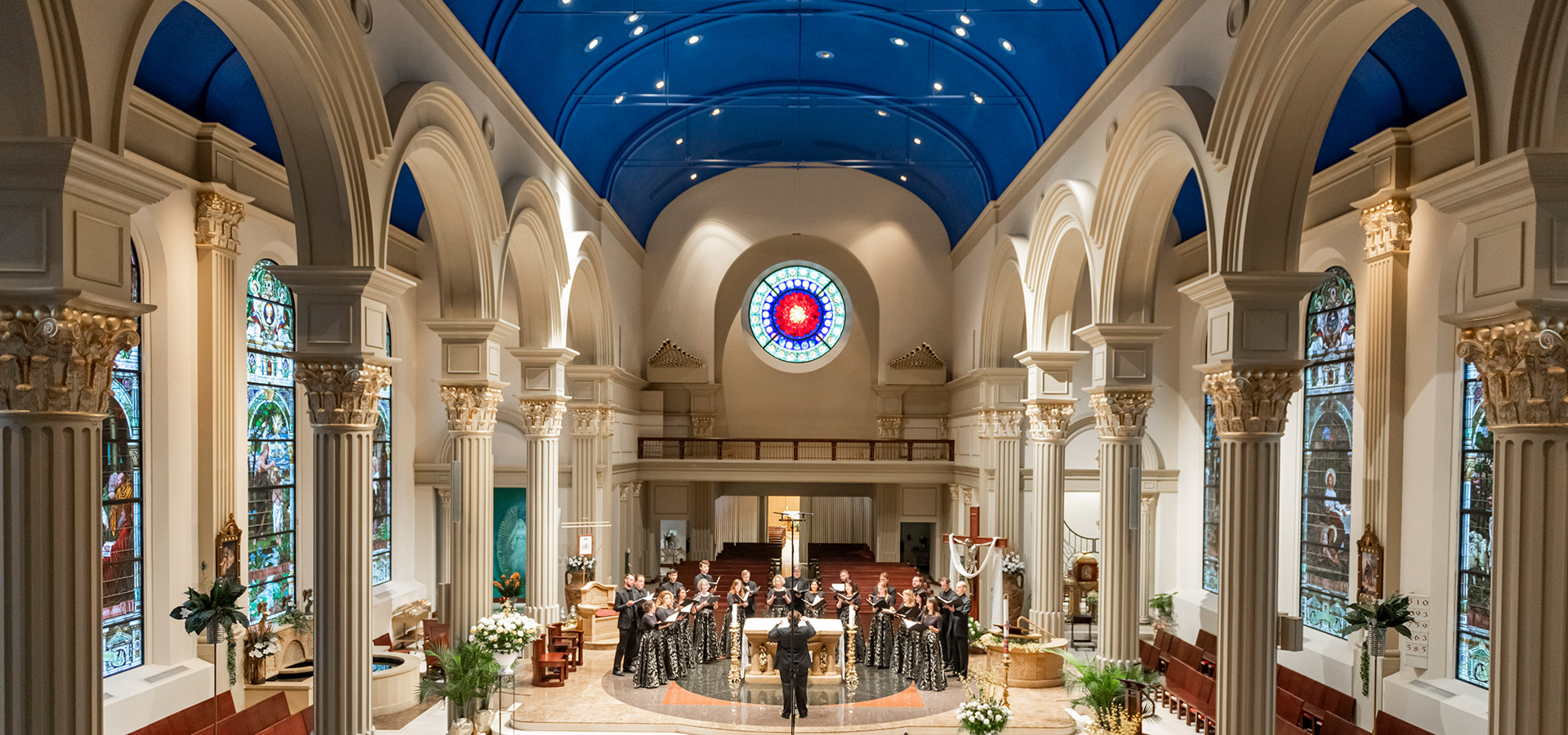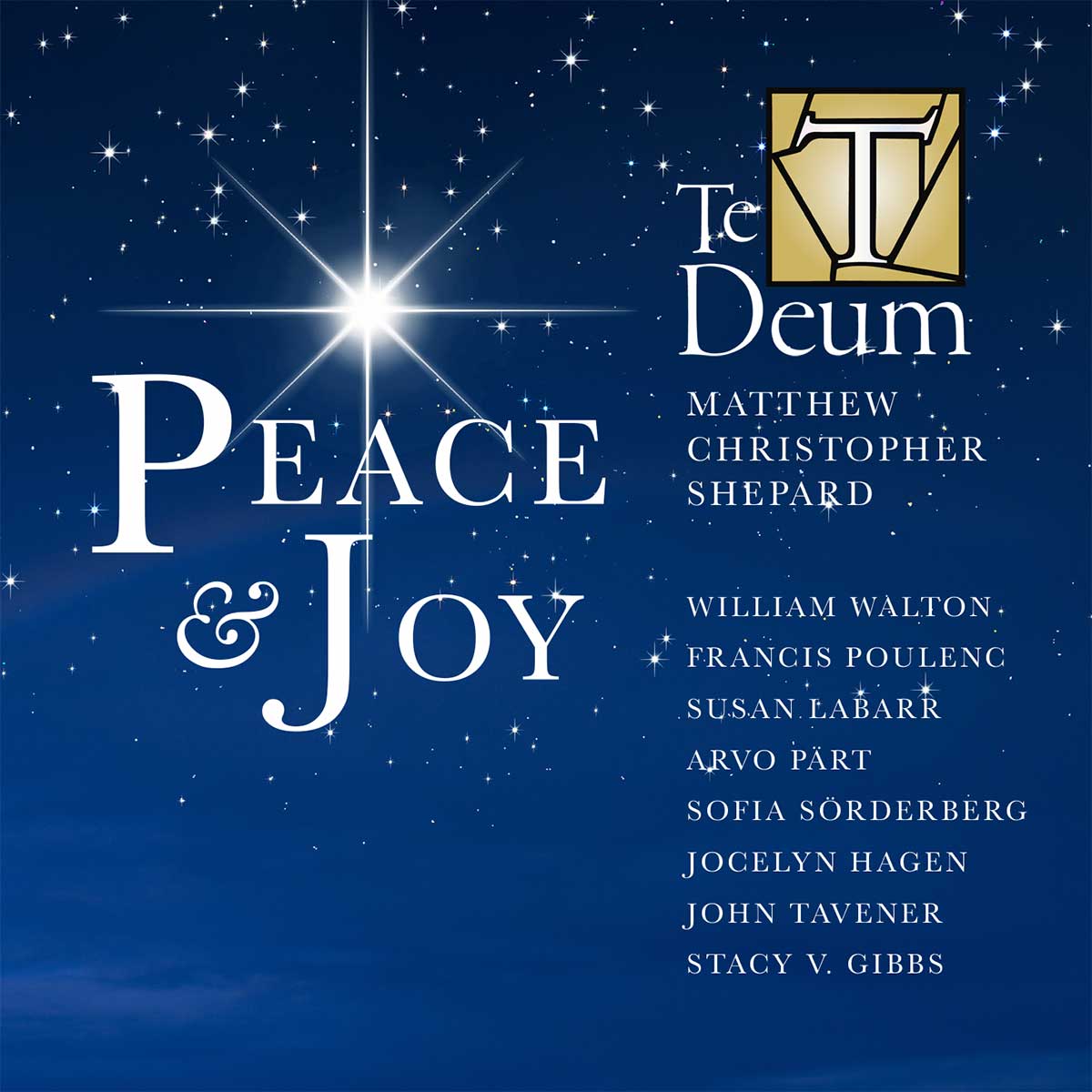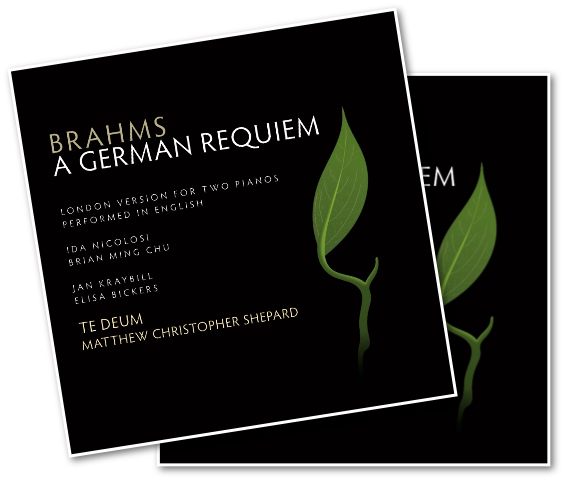Modernized Renaissance Partbooks
My doctoral dissertation is titled, “Achieving an Historically Informed Performance of Renaissance Polyphony: a Qualitative Study of the Use of Modernized Partbooks.” The compositional and theoretical processes of the Renaissance era differ greatly from those of later centuries. Consequently, modern editions translate the musical language of Renaissance polyphony into an anachronistic syntax, increasing the challenge of properly understanding and performing the compositions. My research explores the value of using my newly created modernized partbooks with choral ensembles to teach the skills and understanding needed to execute the expressive musical qualities of sixteenth-century polyphony.
The goal of these modernized editions is to retain what I consider the two key ingredients of Renaissance polyphony while modernizing all other elements to make these editions accessible to the widest population of choral singers. The two ingredients are 1.) the horizontality of line, which is supported by singing from a partbook, rather than a full score; and 2.) musical phrasing based on melodic shape and text stress, rather than metric stress, which is supported by the exclusion of barlines. Each score below includes a list of editorial decisions specific to that score. At the bottom of this page is an overview of the decisions made for these modernized editions.
SCORES
Byrd – Ave Verum Corpus (G aeolian)

Clemens non Papa – Ego Flos Campi (F Ionian)

Clemens non Papa – Ego Flos Campi (Ab Ionian)

Hassler – Cantate Domino – SATB (Bb Ionian)

Hassler – Cantate Domino – SATB (D Ionian)
*Soprano 1 part updated Aug. 29, 2023

Hassler – Cantate Domino – SSAA (F Ionian)

Hassler – Cantate Domino – TTBB (F Ionian)

Palestrina – Sanctus from Missa Ut Re Mi Fa So La (C Ionian)

Tallis – If Ye Love Me (F Ionian)

Tallis – Lamentations of Jeremiah I (E phrygian)
***if you find an error in the score or parts that needs addressing, please reach out. I am more than happy to correct and send out a new parts.***
Editorial Decisions
Bar Lines
- Bar lines were retained in the full score to aid the conductor during the rehearsal process
- A dotted, rather than solid, bar line is used in the full score to reduce their emphasis and to remind that they must not imply metric stress
- The individual partbooks have no bar lines
Note Length
- Non-diplomatic score = reduced note lengths that resemble half the length of the white mensural notation originally used. Reflects modern note values.
- Long notes that cross bars were retained in the full score rather than using a tie across the bar. These match the note lengths used in the singers’ partbooks.
Slurs and Beams
- Modern editorial practice is to slur notes together that are sung on the same syllable. No slurs were used in these editions to match the original partbooks and to avoid resultant note groupings.
- Modern editorial practice is to beam notes together to show placement within a bar. No beams were used to avoid metric groupings.
Mensuration
- Modern time signatures have been used, and the original mensuration is explained with each score.
Latin Text
- The Latin pronunciation guide is based on Ecclesiastical Latin, and may vary if using regional Latin pronunciation (i.e. British, French, German, Spanish, etc)
- In two-syllable words the stress will always be placed on the first syllable
- In polysyllabic words, the location of the stress varies, so diacritical accents (á,é,ó) have been used to indicate the stressed syllable
- Modern punctuation has been used to reflect the structure of the Latin text phrases
Chromatic Notes
- Chromatic notes on the staff were retained from the various prints used for each edition
- Chromatic notes above the staff are suggested ficta
- Chromatic notes on the staff in parenthesis are courtesy accidentals.
- Accidentals are repeated on every pitch because the singers’ partbooks do not have bar lines so cannot follow modern rules of applying accidentals
Rehearsal Letters
- Rehearsal letters have been added to aid in the rehearsal process
- Where possible, rehearsal letters fall at moments when all voice parts are singing, allowing the singer to know where the conductor is starting and to give them a reference pitch from which to find their subsequent pitch
- Most rehearsal letters fall at phrase endings rather than beginnings because that is when most voices are singing






